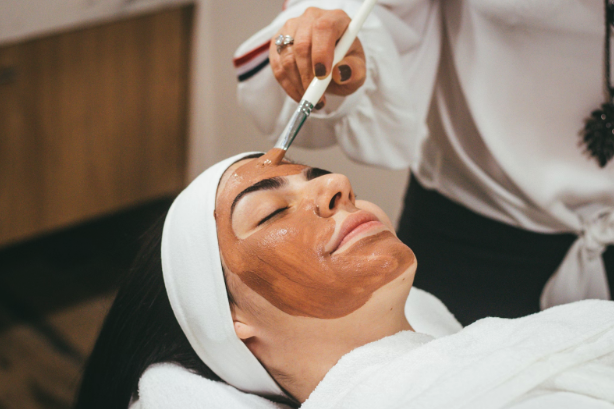Laser eye surgery specialists help adjust treatments based on your age and occupation. Bladeless LASIK differs from previous LASIK options by using a femtosecond laser system for flap creation. Surgeons provide patient-friendly education about customized laser treatment to help you with informed decisions and realistic expectations. Here’s how they personalize LASIK procedures:
Conducting Vision Assessments
Doctors start tailoring your LASIK by thoroughly testing your prescription and eye health. This helps you find the right LASIK methods and settings based on your nearsightedness or farsightedness and astigmatism. Advanced topography with wave scan analysis gives your surgeon an in-depth blueprint of your eye’s peaks, valleys, and vision distortions. Your optometrist maps corneal thickness to determine if you qualify for eye surgery. Testing refines treatment for surgical precision by using new procedures, like contoura for treatment excluding aberrations, that help preserve tear film and corneal integrity.
Developing Treatment Plans
LASIK centers create individualized plans, adjusting for each patient’s vision issues, eye characteristics, goals, and lifestyle. Standard 2-step LASIK flap and ablation done with technology-customized techniques may suit some patients. Wavefront LASIK uses all-laser IntraLase for flap making with custom wavefront and guided ablation treatment, which could be ideal for athletes, professionals, and people who work on computers. Doctors explain treatment differences, benefits, and options beforehand so you can make decisions supported by facts.
Using Advanced Technology
Technology advancements improve precision in refractive surgery. Facilities use femtosecond and excimer lasers to adjust treatments in real time based on feedback from their laser systems. Femtosecond lasers create stable flap thickness regardless of patient corneal contours. Excimer lasers paired with eye-tracking let surgeons customize ablation for pupil centration during surgery for quality visual outcomes. Professional facilities invest in technology meant to minimize risks and improve your chances of reaching your visual goals. Patented processes add another layer of tailoring, allowing surgeons to adjust variables like flap density and hinge position.
Designing Recovery Protocols
Some patients return to work the day following laser eye surgery, functioning normally as their vision stabilizes. Others with physically taxing jobs or who had a more intense surgery may need a longer healing period and more recovery time to preserve surgical accomplishments. Adjusted recovery plans may prolong activity restrictions or medications based on occupation and recovery histories. Tapered eye drop regimens accommodate the unique duration of post-op healing of your eyes. Surgeons educate you on what to expect after personalized eye surgery and make sure that your recovery plan matches your lifestyle for smoother post-op healing.
Factoring in Age
Your age group is one factor that determines whether LASIK is right for you. Candidates may include younger patients with stabilized single-vision prescriptions, but older patients with emerging cataracts may benefit more from lens replacement than keratorefractive corneal flap surgery. Vision changes linked to aging, like presbyopia, also guide treatment choices. Accommodative and multifocal LASIK procedures target patients over 40 with presbyopia who want to reduce their need for reading glasses.
Schedule a Laser Eye Surgery Today
Laser eye surgery centers use data-driven approaches to tailor the procedure to each patient, such as specialized positioning to help patients with certain retinal detachment risk factors. After the surgery, doctors create your aftercare roadmap with a combination of routine medications and customized solutions. Standard LASIK aftercare includes medicated eye treatments with anti-inflammatory and antibiotic drops. Ongoing doctor assessments determine when glasses-free vision is achieved and if retreatment is needed. Contact an eye physician today to learn more about how personalized LASIK may improve your vision.





